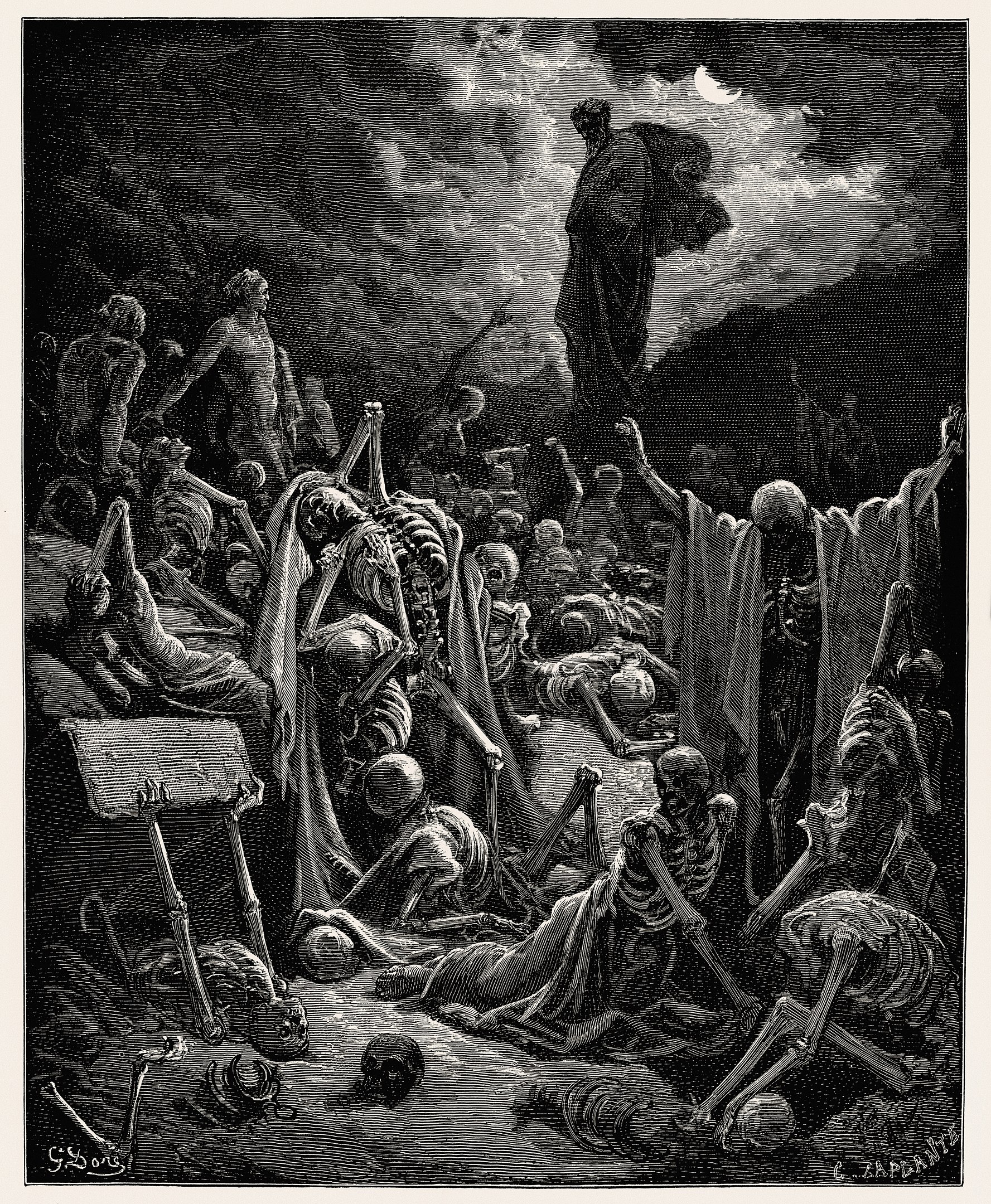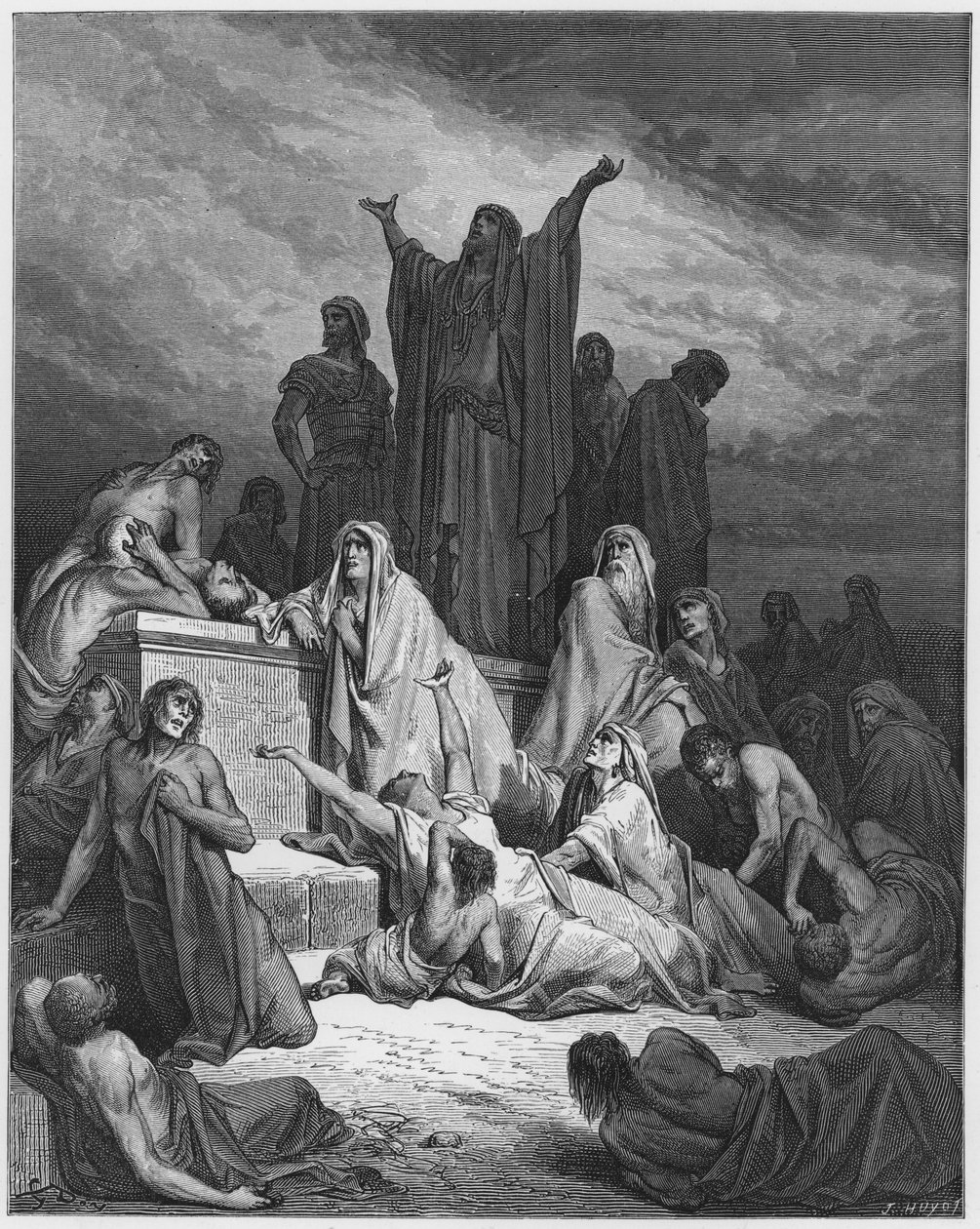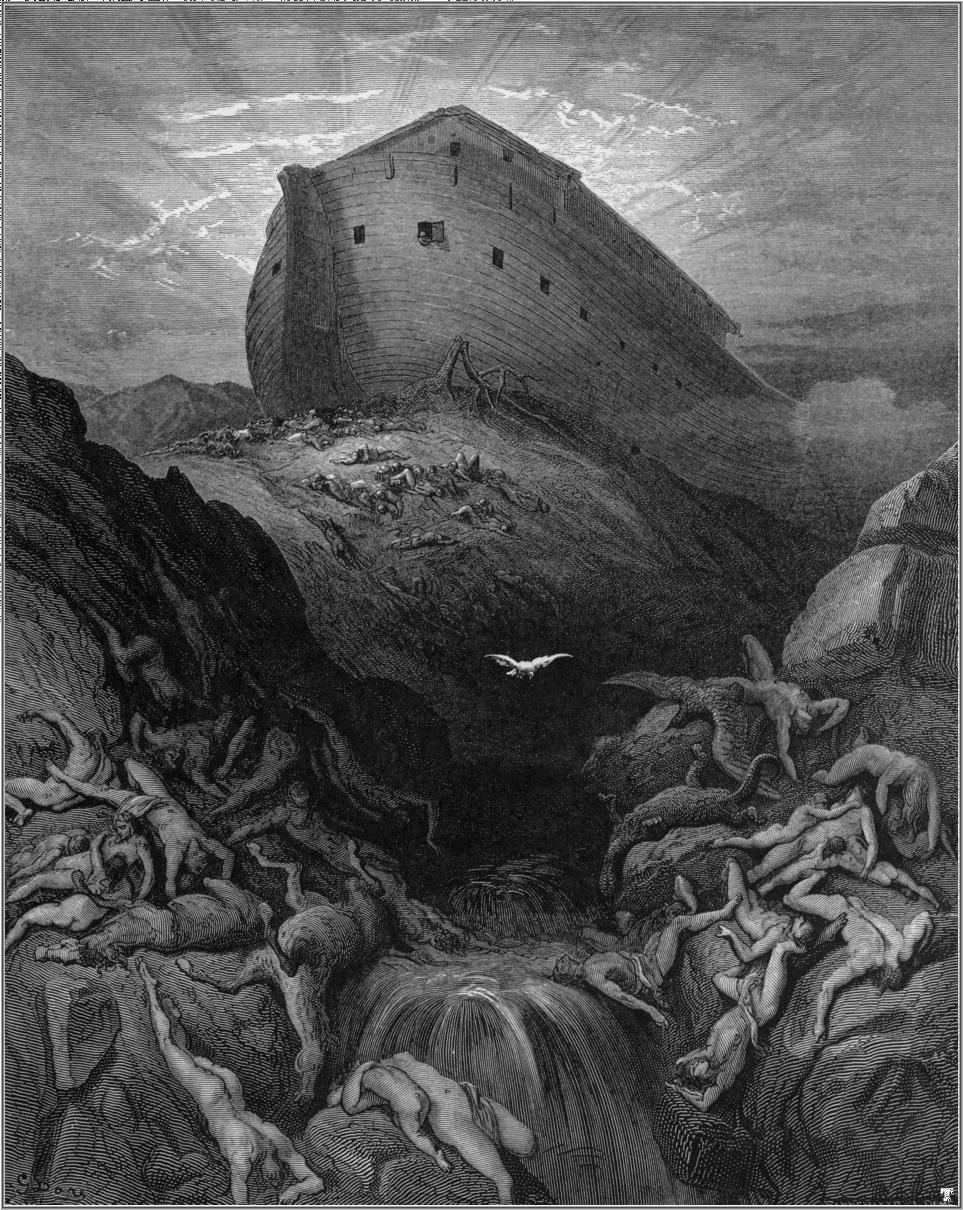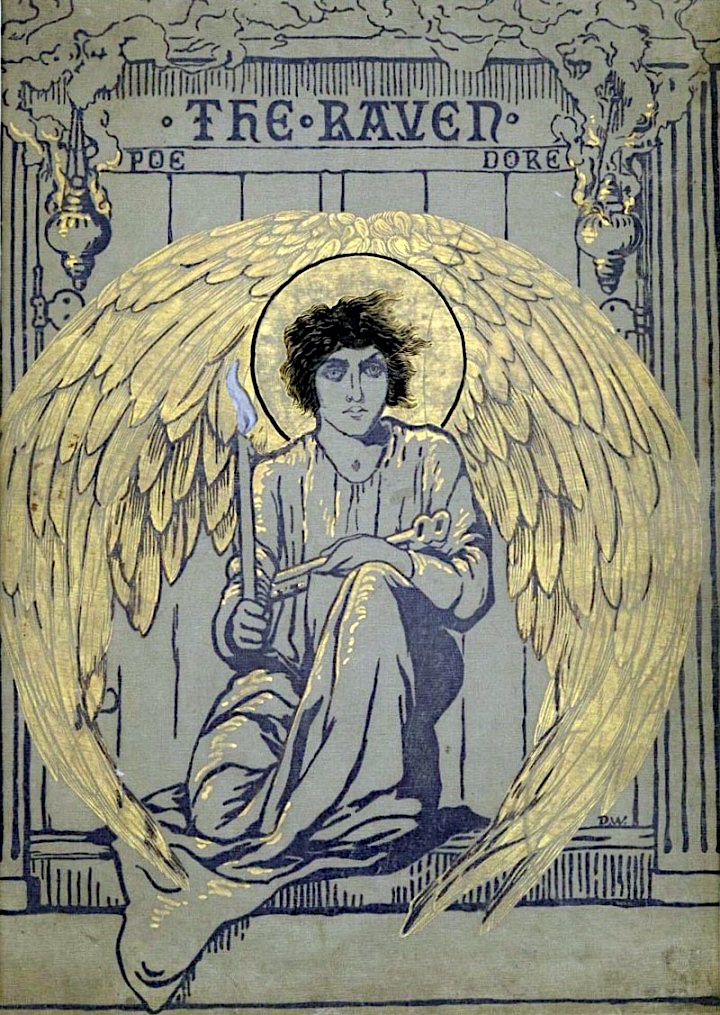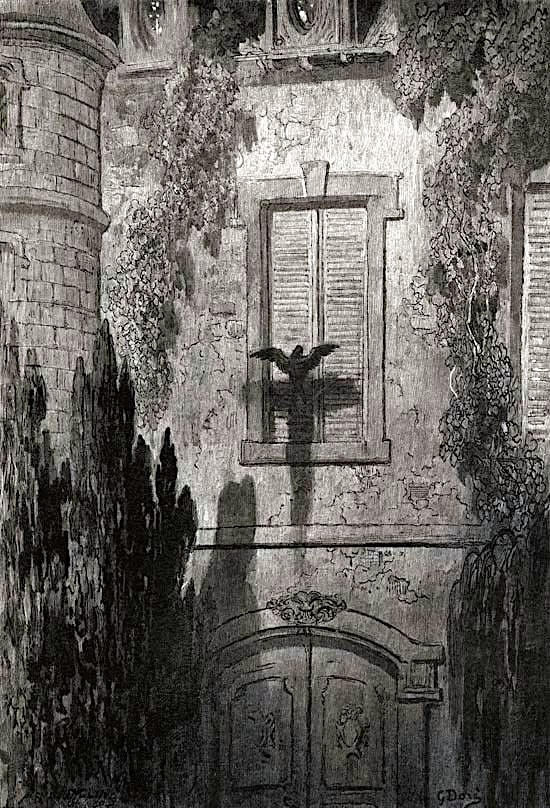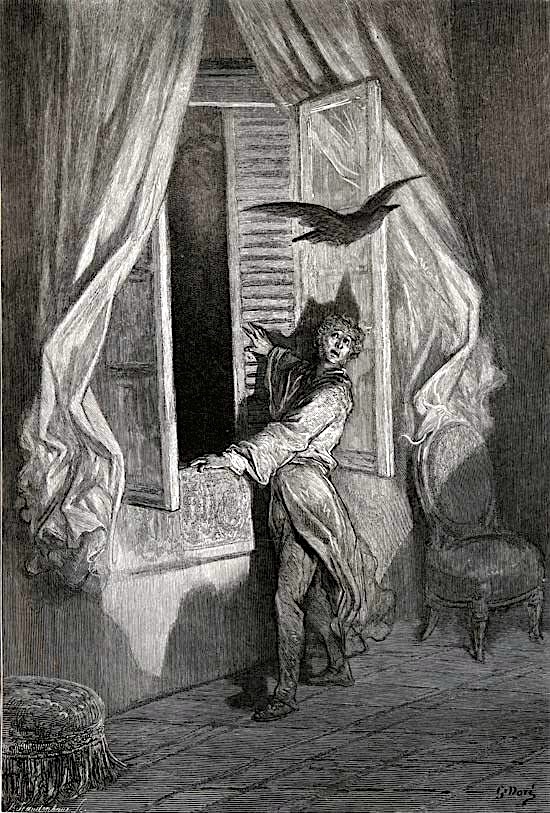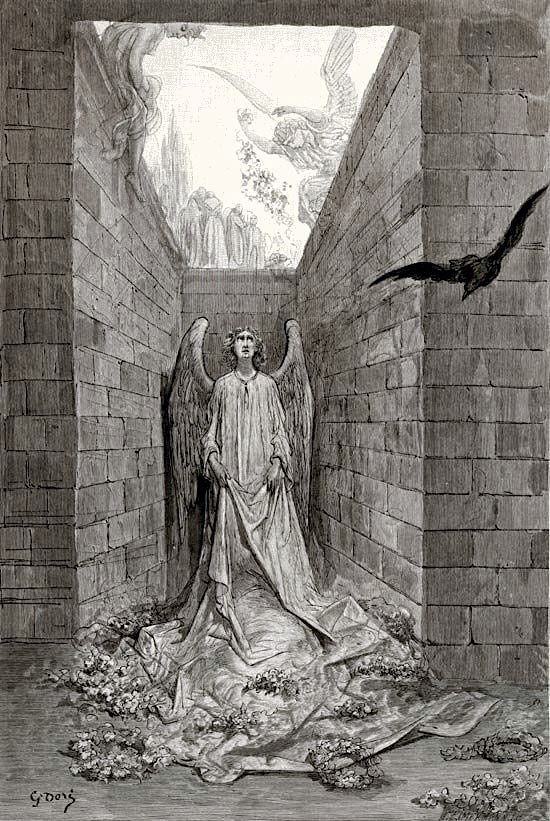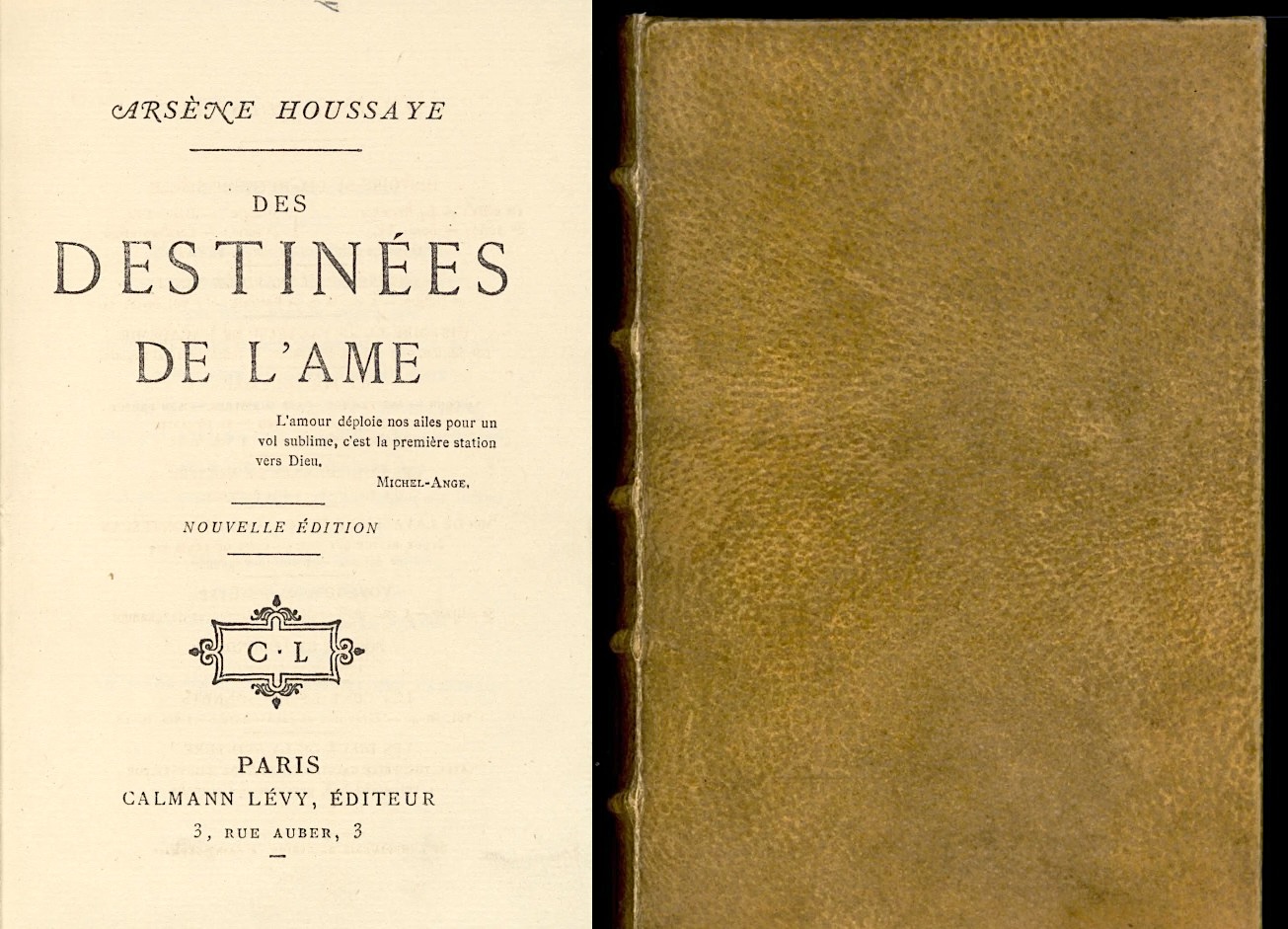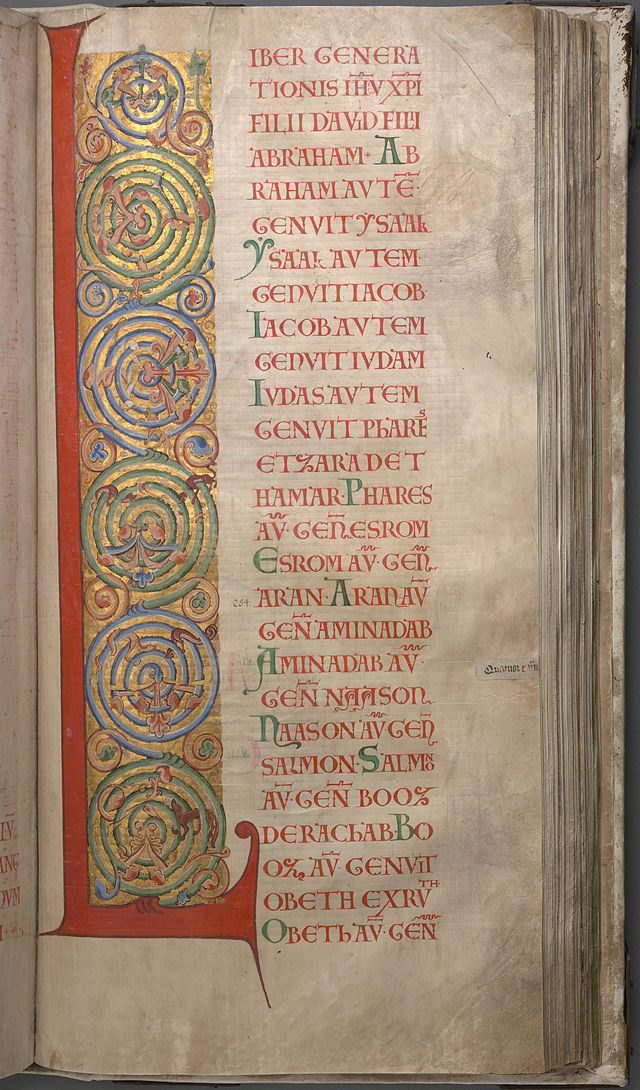We’ve all read plenty of literature written in the first person, and plenty of literature written in the third person. The second person, with its main subject of neither “I” nor “he” or “she” but “you,” is considerably harder to come by, and the writers who take it up tend to be experimenters (like B. S. Johnson or Georges Perec) or brazen in some other sense (like the Jay McInerney of Bright Lights, Big City). But if you grew up in the America of the nineteen-eighties or nineties, there’s a decent chance you absorbed a mega-dose of second-person narrative without even realizing it. It would have come in the form of Choose Your Own Adventure books, with that tantalizing promise on their covers: “YOU’RE THE STAR OF THE STORY!”
You can hear the story of Choose Your Own Adventure books themselves told in the Galaxy Media Video at the top of the post — or, with greater homage paid to the branching-text form, in this recent New Yorker piece by Leslie Jamison. Reading a “Choose book,” she writes, “you got to imagine that you were getting into trouble in outer space, or in the future, or under the sea. You got to make choices every few pages: Do you ask the ghost about her intentions, or run away? Do you rebel against the alien overlords, or blindly obey them?”
The second-person voice gave these books a bracing immediacy, but their real appeal lay, of course, in the choices they offered, and even more so in the consequences: sometimes glory, sometimes death, and more often a fate unsettlingly in between.
The concept from which Choose Your Own Adventure books evolved was first conceived in the seventies by Edward Packard, a lawyer with a habit of consulting his children about what should happen next in their bedtime stories. His name will sound familiar indeed to anyone who lived a Choose books-laden childhood. He wrote the very first volume, The Cave of Time from 1979, as well as many that followed, including such memorably frightening or bizarre early issues as The Mystery of Chimney Rock, with its perilous haunted house, and Inside UFO 54–40, which offered a glimpse of paradise only to readers who “cheated” by ignoring its fixed decision paths.
Back in the early nineties, when I was combing second-hand shops for Choose Your Own Adventure books, I quickly came to prefer the volumes from the late seventies and early eighties, with their exotically passé aesthetics and their relatively unsanitized content. In the video just above, writer-Youtuber Jason Arnopp looks at The Mystery of Chimney Rock and the later The Horror of High Ridge, whose illustrations of murderous Old West apparitions (none of whom have any regard for the lives of the wholesome-looking, sweater-clad teens at the center of the story) have stuck with me to this day. Adulthood has turned out to involve no confrontations with bloodthirsty ghosts wielding tomahawks and hot pokers. Nevertheless, Choose Your Own Adventure books taught generations of us the important lesson that there’s no such thing as a clear-cut decision; you’ve just got to turn the page and hope for the best.
Related content:
The 100 Greatest Children’s Books of All Time, According to 177 Books Experts from 56 Countries
Digital Archives Give You Free Access to Thousands of Historical Children’s Books
Enter an Archive of 7,000 Historical Children’s Books, All Digitized & Free to Read Online
Play The Hitchhiker’s Guide to the Galaxy Video Game Free Online, Designed by Douglas Adams in 1984
Based in Seoul, Colin Marshall writes and broadcasts on cities, language, and culture. His projects include the Substack newsletter Books on Cities and the book The Stateless City: a Walk through 21st-Century Los Angeles. Follow him on Twitter at @colinmarshall or on Facebook.
